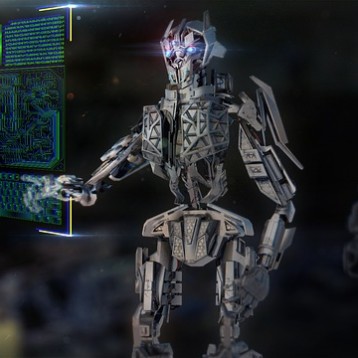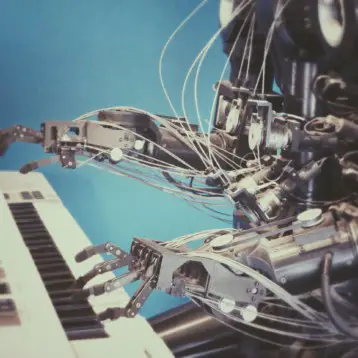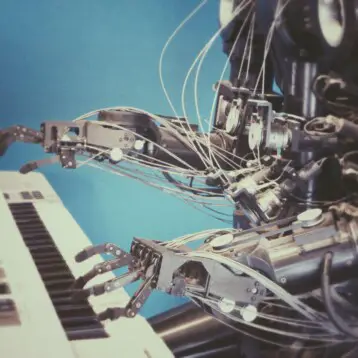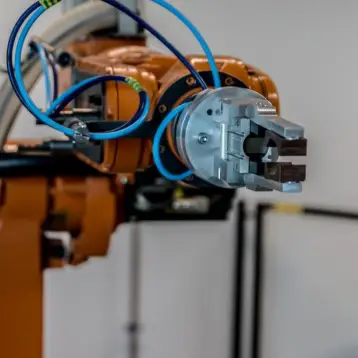Frederic Kaplan, a researcher at EPFL (Ecole Polytechnique Federale de Lausanne, Switzerland) and Martino d’Esposito, an industrial designer who teaches at ECAL (The University of Art and Design at Lausanne), worked together on the design and creation of the Wizkid. Kaplan and d’Esposito recently established the EPFL+ECAL Lab, which supported the Wizkid Project.
One of the main novelties in Wizkid is that it is non-static and can actually adjust itself to the person with whom it is interacting. When the robot received a response from a person, it can express various reactions- ranging from surprise and enjoyment to confusion. The Wizkid learns to recognize different people and to react in a certain way according to context. “Wizkid gets us away from keyboard and back into the physical world,” explains Kaplan. “Unlike a personal computer, it doesn’t force the human to accommodate, and it’s fundamentally social and multi-user.”
Wizkid consists of a slipcover made out of Elastan-polyamide fabric, with inside housing of aluminum and polycarbonate plastic. It is equipped with 2 microphones, WIFI, Bluetooth, IR receiver/emitter, an RFID reader, a face and object recognition system, robotic display with camera, and is programmable in URBI. In addition, curiosity-driven development makes Wizkid develop in an open-ended manner. Its unique “Halo” interface enables the person interacting with Wizkid to see himself in a kind of augmented mirror. Along with one’s own reflection, the user sees different interface elements, which can be selected with a simple wave of the hand.
Designed to enhance the human experience, Wizkid can perform various tasks, such as playing the CD you are holding up, playing games, paying attention to interaction between humans, and even learning your habits in order to keep track of your preferences. The robot can also be adjusted to serve as a tool and nothing more. Videos of Wizkid interacting with people at the MoMA exhibition can be viewed here.
TFOT recently covered another EPFL project named s-bot – a small, mobile robot developed at the Laboratory of Intelligent Systems (LIS) at the EPFL in Lausanne, Switzerland. The s-bot was developed between 2001 and 2004 as part of a Future and Emerging Technologies Project coordinated by Professor Marco Dorigo. The so-called Swarm-bots Project is a manifestation of swarm intelligence, a field of artificial intelligence dealing with the design and implementation of self-organizing and self-assembling capabilities, emulating the swarm behavior of social insects and other animal societies.
More information about Wizkid can be found on the official Wizkid website.










